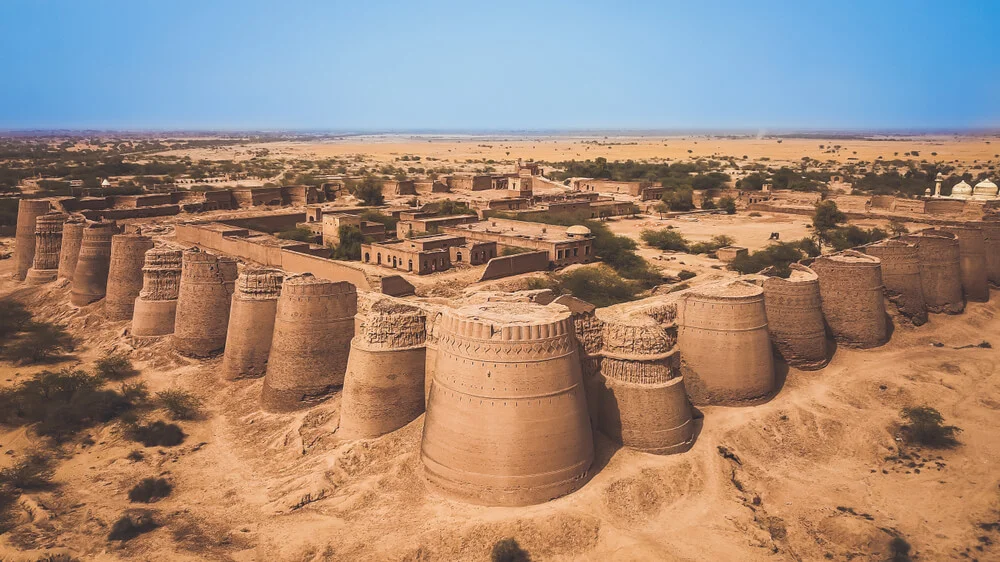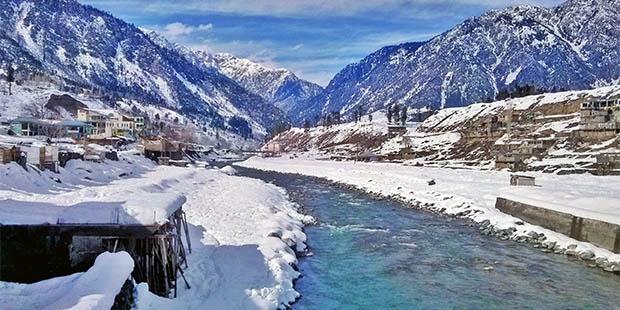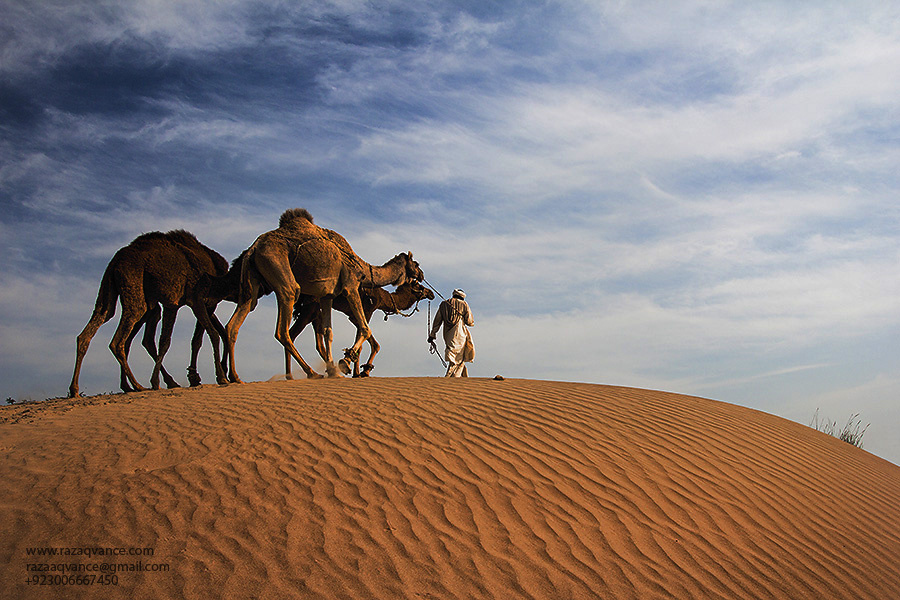Thal Desert
Introduction: Golden Sand Dunes & Cultural Heritage of Pakistan
The Thal Desert (صحرائے تھل) is one of Pakistan’s most captivating yet lesser-known landscapes, stretching across the Punjab province. Unlike the more popular Cholistan or Thar deserts, Thal remains an unexplored gem, rich in culture, traditions, and natural beauty. Its golden sand dunes, rare wildlife, seasonal flowers, and centuries-old villages create a unique experience for travelers who seek peace, adventure, and authenticity.
Located between the Jhelum and Indus rivers, the Thal Desert covers an area of approximately 305 kilometers in length and 112 kilometers in width. It passes through six districts of Punjab—Bhakkar, Khushab, Mianwali, Jhang, Layyah, and Muzaffargarh. Despite its harsh climate, Thal is home to thousands of people who have preserved their traditional lifestyle and hospitality for generations.
For travelers searching for authentic desert tourism in Pakistan, the Thal Desert is a must-visit. Plan your journey with Pakistan PTPC to explore this hidden paradise.
Geographical Features of Thal Desert
The Thal Desert lies in the northwest of Punjab, sandwiched between the Indus and Jhelum rivers. The desert’s climate is arid, with scorching summers and mild winters. The terrain is mostly sand dunes, interspersed with patches of scrub vegetation and small cultivated lands where locals grow crops like wheat, grams, and millet.
Rainfall is rare but when it comes, the desert transforms into a vibrant landscape. Seasonal flowers bloom across the dunes, attracting visitors and creating a picturesque scene that feels like a desert fairyland.


Historical and Cultural Significance
The Thal Desert is not only about sand and wilderness but also about people and traditions. Historically, it was a route for traders, travelers, and nomads. Its culture is deeply connected with Punjabi folk traditions—poetry, music, dance, and storytelling.
The people of Thal are known for their resilience. Despite living in harsh climatic conditions, they maintain a warm and hospitable culture. Traditional attire includes colorful dresses for women and turbans for men, reflecting the richness of Punjab’s heritage. Local folk songs, especially sung during weddings and harvest festivals, echo the spirit of the desert.
Unique Lifestyle of Thal Inhabitants
Life in the Thal Desert is simple yet deeply traditional. Villages are often small, consisting of mud houses surrounded by fields and sand dunes. Agriculture is the main source of livelihood, and people depend on underground water and seasonal rains for farming.
Livestock such as camels, goats, and sheep are also vital for survival. Camels, often called the “ships of the desert,” are not only a mode of transport but also a symbol of the region’s identity. Women in Thal are skilled in embroidery and handicrafts, which they create using natural materials found in the desert.
Flora and Fauna of Thal Desert
Despite its harsh conditions, the Thal Desert supports a surprising variety of flora and fauna. Thorny bushes, grasses, and wildflowers are common. In spring, the desert blooms with colorful flowers that attract tourists and researchers alike.
Wildlife includes foxes, jackals, wild rabbits, desert cats, and a variety of birds such as partridges, quails, and migratory species. The desert also supports reptiles like monitor lizards and snakes. Conservation efforts are ongoing to protect the delicate ecosystem of this region.
Tourist Attractions in Thal Desert
Thal Jeep Rally
One of the most exciting events in the desert is the Thal Jeep Rally, organized annually. Adventure lovers from across the country participate in this thrilling race through sand dunes and rugged desert terrain. It attracts tourists, photographers, and motorsport enthusiasts, making it one of the major highlights of the region.
Sakesar Hill
Near the Thal Desert lies Sakesar Hill, the highest point in the Salt Range. It offers breathtaking views of the surrounding desert and is a popular spot for picnics and exploration.
Cultural Festivals
The desert hosts cultural festivals where local music, dance, and food come alive. These events offer tourists a chance to experience authentic Punjabi traditions and hospitality.
Activities for Tourists in Thal Desert
Travelers to the Thal Desert can indulge in a wide range of activities:
- Desert Safari & Jeep Rally: Explore sand dunes with thrilling jeep rides.
- Camel Riding: Experience the traditional mode of desert travel.
- Camping: Spend nights under starlit skies with traditional desert cuisine.
- Photography: Capture landscapes, wildlife, and cultural moments.
- Bird Watching: Especially during migratory seasons, when rare species visit the region.

Local Cuisine of Thal Desert
Food in the Thal Desert reflects the flavors of rural Punjab. Visitors can enjoy:
- Makki di Roti & Sarson da Saag – Cornbread with mustard greens, a winter specialty.
- Desi Ghee Parathas – Served with yogurt or pickles.
- Roasted Mutton & Kebabs – Popular during festivals and family gatherings.
- Fresh Lassi – A traditional drink made from yogurt, perfect for desert heat.
Guests are often welcomed with simple yet delicious home-cooked meals that highlight the hospitality of the people.
Accommodation Options
While luxury hotels are limited, travelers can find comfortable guesthouses and rest houses in Bhakkar, Mianwali, and other nearby towns. For adventurers, camping in the Thal Desert is the ultimate experience, offering nights filled with stargazing and cultural bonfires.
Why Visit Thal Desert?
The Thal Desert is a place where nature, adventure, and culture come together. Unlike commercialized tourist spots, Thal offers authentic experiences—meeting locals, exploring vast sand dunes, attending cultural festivals, and witnessing rare desert wildlife.
For those who want to explore Pakistan beyond the usual northern valleys, Thal is a hidden treasure waiting to be discovered.
For complete guides, travel tips, and customized itineraries, check out Pakistan PTPC and start planning your desert adventure today.
The Thal Desert is not just a barren land of sand—it is a living, breathing cultural landscape that reflects resilience, tradition, and natural wonder. With its thrilling jeep rallies, blooming flowers, starlit nights, and warm-hearted people, Thal offers travelers a truly unforgettable experience.
If you’re ready to step off the beaten path and explore one of Pakistan’s most unique destinations, the Thal Desert should be at the top of your travel list. Begin your journey with Pakistan PTPC and let the golden dunes of Thal welcome you to an adventure of a lifetime.
